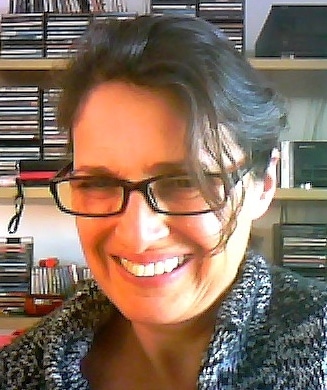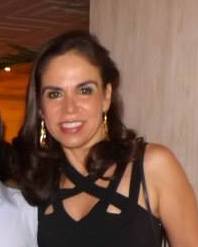What’s in a word?
Try this little experiment. You can do it with any search term, by the way. Open up your Google browser and type in Brazil, hit search and see what you get. I just did it right now (July 15) and guess what the first ten images I saw were? Oh yes, you’re so right! But I guess that by the time you’re reading this it’ll be different, and of course, thanks to our personalized algorithms it’ll be slightly (or maybe even completely) different for everyone of us. Now open up the flickr site and type in Brazil again. What do you notice about the difference? Why is this? What makes the results on Google and in flickr so different? One more step. Now choose the creative commons only filter. Any differences? Any surprises?
This is what happened when I tried the same experiment with my home country. I can only share the flickr creative commons images for obvious reasons!
This is a fun exercise to share with students, and it’s also a good way in to discussing issues of bias, sources, copyright and other aspects of visual and digital literacy in our English classrooms. I follow the steps as above, but before hitting search the first time, I ask students to predict what they’re going to see. This can be made into a game if your students appreciate a competitive edge, with students scoring points for each correct prediction. You can do this with a projector or an IWB as a whole class, or ask students in groups to use their mobile devices to search for the images. This can throw up interesting results of their images are very different.
At each step they should make a note of the kind of images they’re shown, maybe the first five or ten, and then analyse the differences. If they’re working in groups they can compare with another group at the end. If you working as a whole class, remove the projector after they’ve had a short time to look at it and ask the students to remember as many of the images as they can (they can do this individually or in pairs or groups) and then check against the image on the board.
Then ask them to discuss why the images are different. If you’re working as a whole class, ask them where they think each image comes from ( a magazine, a professional photographer, an amateur) before checking the source. In groups they can do this by themselves. They should be able to see that the Google search throws up more commercial or corporate images, possibly more stereotypes, whereas the flickr creative commons search produces something more personal and eclectic.
You can then ask them which image is their favourite, which they’d use to accompany a text they might write about their home country. Then ask them if they’d be allowed to share that same image online. They may already be familiar with the ins and outs of copyright laws, in which case, they’re getting a chance to talk about it. But they may not, in which case they’re learning a little bit more about digital citizenship in the so-called age of the image.
Other terms I’ve experimented with include:
- business (interesting for working with collocations)
- food (a scary contrast between fast food on Google and healthy veg on flickr!)
- winter (in this case it was a question of contrast between the images of snow and the reality of winter in the south of Spain)
If you ever give it a go yourself, I’d love to hear the results of your experiment.





